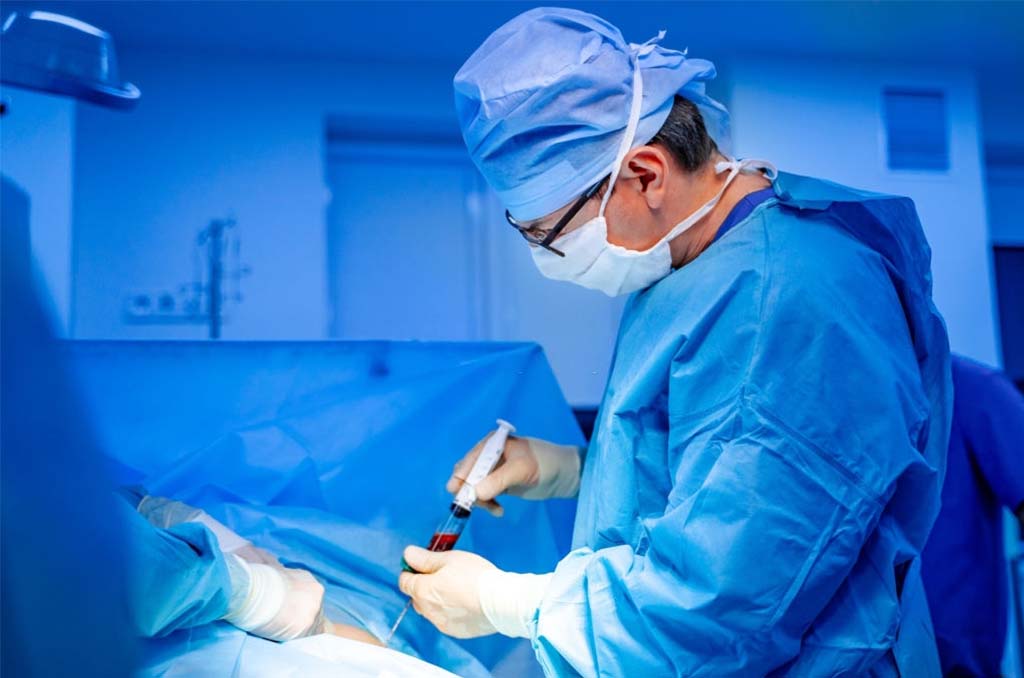Role of bone marrow transplant in multiple myeloma Bone marrow transplant/ stem cell transplant:

- a procedure of infusing healthy blood-forming stem cells into human body to replace damaged or diseased bone marrow.
Bone marrow transplants may use:
- cells from your own body (autologous transplant)
- cells from a donor (allogeneic transplant)
Why bone marrow transplant is done?
- To allow treatment with high doses of chemotherapy or radiation by replacing or rescuing the bone marrow damaged by treatment safely
- Replace diseased or damaged bone marrow cells with new stem cells
- Providing the host body with new stem cells, having increased anticancer properties
Bone marrow transplant for Multiple Myeloma:
High-dose chemotherapy and Bone marrow transplant remains the best arm of treatment regimen available for selected patients with multiple myeloma (MM) promising increased disease free survival rate.
Bone marrow transplant used typically as part of the initial overall treatment strategy for newly diagnosed multiple myeloma cases immediately following initial induction therapy with a 3 or 4 drug treatment regimen is predictable with good prognosis(trusted link source). As various clinical trials demonstrated and advocate that Bone marrow transplant delays myeloma progression predicting increased disease free survival rate with good prognosis,
Given the short and long term side effects of Autologous Bone marrow transplant being the standard of care in transplant-eligible multiple myeloma cases is associated with significant improvement in progression-free survival, complete remission rates, and overall survival.
Autologous Bone marrow transplant - The Basic Strategy in multiple myeloma patients:
Higher doses of chemotherapy &/or radiation therapy kill more cancer cells than lower doses; unfortunately, the higher doses also damage normal cells. These body’s normal cells most sensitive to destruction by high-dose therapy are the blood-producing stem cells in the bone marrow.
To “rescue” the bone marrow and immune system recovery, high-dose therapy is followed by an infusion of stem cells via Bone marrow transplant.
Bone marrow transplant- Treatment for Stage II - III Multiple Myeloma: HOVON Trial Demonstrates ASCT/ Autologous Bone marrow transplant Superior to Novel Agents for Treatment of Multiple Myeloma.
The phase III HOVON clinical trial confirmed that autologous stem cell transplantation /Autologous Bone marrow transplant is a treatment of choice for many patients with newly diagnosed multiple myeloma.
Bone marrow Transplant for Older Patients with Myeloma
According to one of the studies, older patients treated with high dose chemotherapy & Autologous SCT/bone marrow transplant have similar disease response and survival as younger patients.
Dr Gaurav Dixit an esteemed Hemato-oncologist with his special interests in Bone Marrow Transplant(BMT) discuss often about research presented at the 2019 ASH annual meeting. This rsearch suggests that multiple myeloma patients over age 70 can undergo autologous stem cell transplantation /Autologous Bone marrow transplant predicting similar clinical benefits as younger patient along with safe administration of standard high dose melphalan.
Allogenic Stem Cell Transplant/Allogenic bone marrow transplant for Multiple Myeloma:
Compared to an autologous bone marrow transplant and allogenic stem cell transplant uses "donated" stem cells collected from someone other than the person with multiple myeloma. It only has the advantage of transplanting an entire immune system that can attack the myeloma cells.
The risk of morbidity rate as a complication from an autologous transplant is RARE- approximately 1-2%; while deaths from allogeneic transplants are significantly greater on contrary. This higher death ratio is due to infections, side effects of the high-dose treatment, and graft-versus-host disease.
Allogeneic bone marrow transplant as Initial Treatment:
Clinical studies directly compare allogeneic stem cell transplantation to autologous stem cell transplantation for the treatment of multiple myeloma needs more clinical trials to comment on.
Still! Published reports indicate that 40% of patients with multiple myeloma under the in fifth decade of life who are treated with an allogeneic transplant are alive and cancer-free five years following therapy is documented.
Allogeneic Transplantation for Treatment of Recurrent Multiple Myeloma:
Overwhelming majority of patients who have received allogeneic transplants to date are one who experienced recurrence of myeloma following treatment with lower or moderate-dose chemotherapy make up the. There is the possibility of benefit from an allogeneic bone marrow transplant in this group especially if there is more than a 2-year interval between the autologous and allogeneic transplants.
Strategies to Improve Treatment regimen with predictable increased disease free survival time period in cases of multiple myeloma are:
Only reason patients with multiple myeloma are not cured following a bone marrow transplant is myeloma recurrence.
More of clinical trials are designed to improve the treatment of patients with multiple myeloma by enlisted approaches:
- CAR-T Cell Therapy: infusion of an investigational CAR T-cell therapy provided high anti-cancer response rates among patients with multiple myeloma who received a multiple prior therapies
- CAR T-cells engineered to target the BCMA antigens (protein complexes) on cancer cells